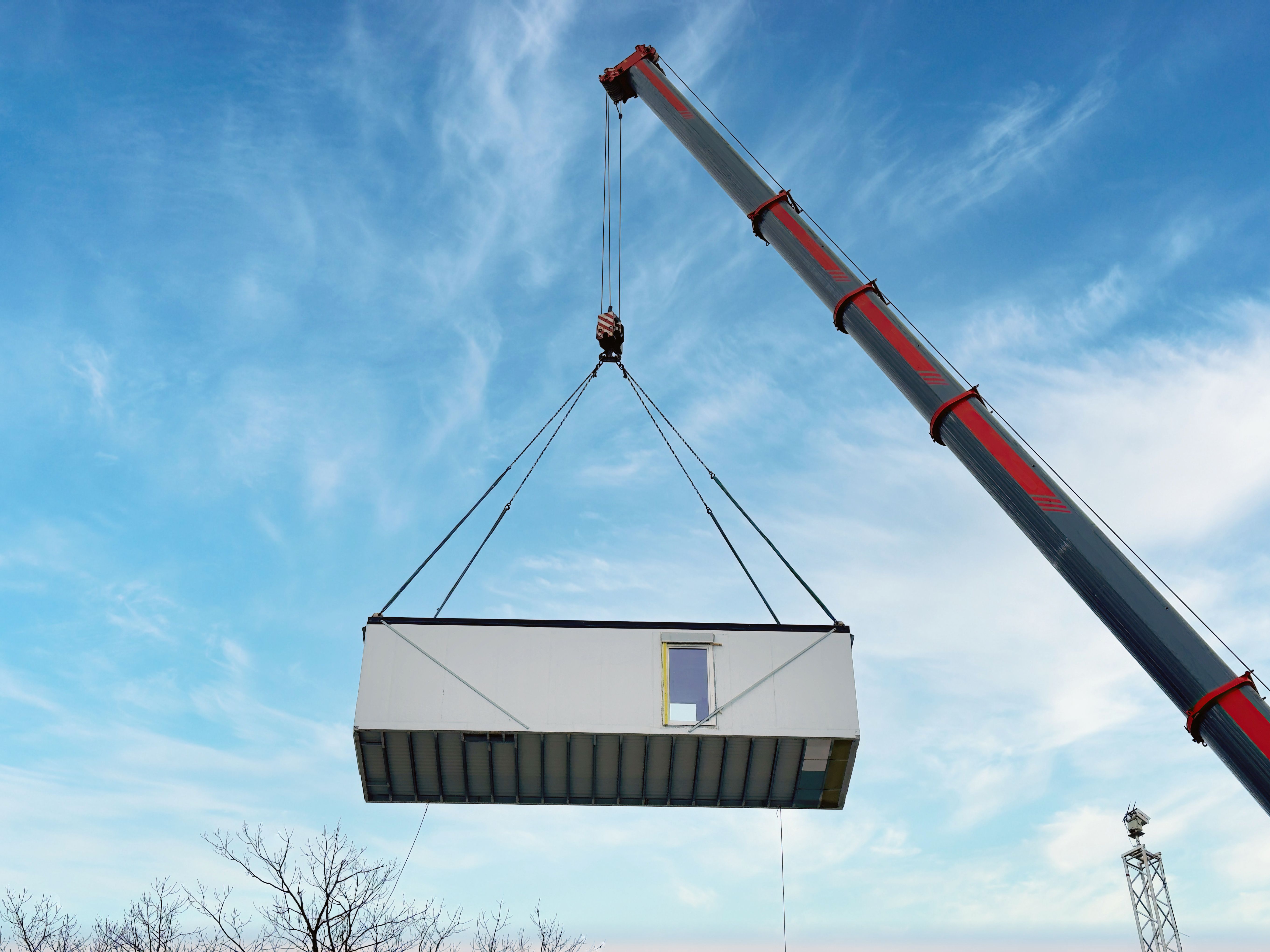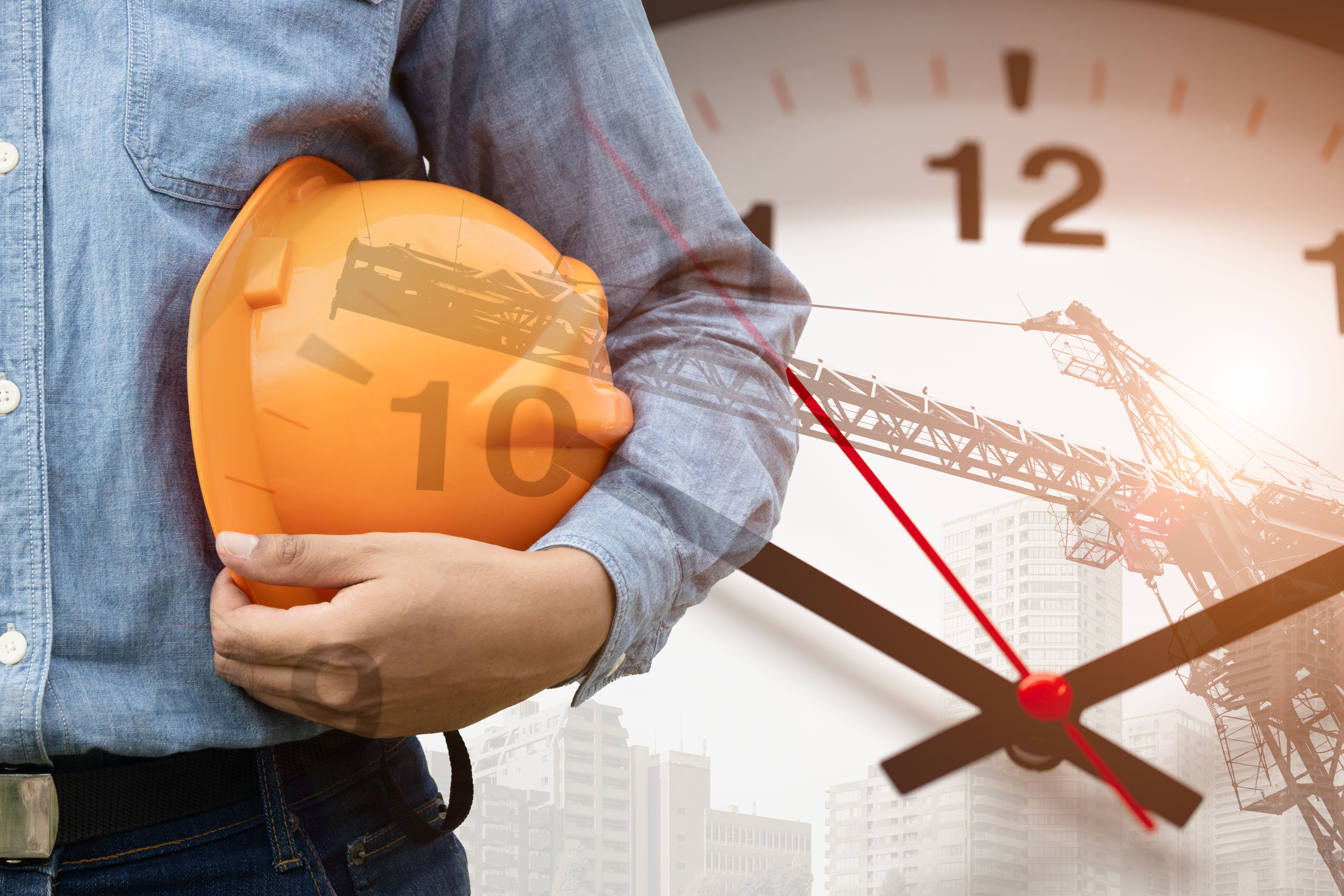Exploring the Demand for Modular Units in US Detention Centers
Introduction to Modular Units in Detention Centers
As the need for efficient and cost-effective solutions in the construction industry grows, modular units have emerged as a versatile option. In the United States, detention centers are increasingly incorporating these structures to address various challenges. This blog post delves into the demand for modular units in detention facilities, exploring their benefits and potential impact on the correctional system.
The Rise of Modular Construction
Modular construction involves the manufacturing of building sections or modules in a factory setting, which are then transported to the site for assembly. This approach offers several advantages, such as reduced construction time, lower costs, and minimal disruption to existing operations. These benefits are particularly appealing to detention centers where operational efficiency and budget constraints are critical considerations.
Moreover, modular units provide flexibility in design, allowing for quick adaptation to changing needs. Whether it's expanding capacity or modifying existing spaces, these structures can be customized and scaled with ease. This adaptability is crucial for detention centers that must respond promptly to fluctuating inmate populations.

Benefits of Modular Units in Detention Centers
The implementation of modular units in detention centers offers numerous benefits. Primarily, they enable rapid deployment, which is essential in situations where immediate expansion is necessary. As the demand for correctional facilities increases, the ability to quickly accommodate additional inmates becomes a significant advantage.
Another key benefit is the cost-effectiveness of modular construction. Traditional building methods can be expensive and time-consuming, whereas modular units often come at a fraction of the cost. This financial efficiency is beneficial for state and local governments managing tight budgets.
Environmental and Safety Considerations
Modular construction is also considered more environmentally friendly compared to traditional methods. The controlled factory environment results in less waste and more efficient use of materials. Additionally, because much of the construction occurs off-site, there is reduced environmental disruption at the location where these units are installed.

Safety is another crucial consideration. The factory setting allows for enhanced quality control and adherence to safety standards. This can result in safer structures that meet the rigorous requirements of detention facilities.
Challenges and Considerations
Despite the benefits, there are challenges associated with integrating modular units into detention centers. One primary concern is ensuring that these units meet all security and regulatory standards specific to correctional facilities. Compliance with these standards is critical to maintaining safety and order within the facilities.
Additionally, there may be resistance to change from stakeholders accustomed to traditional construction methods. Educating decision-makers about the advantages of modular units can help overcome these barriers.

The Future of Modular Units in Detention Centers
The future of modular units in detention centers appears promising as more facilities explore this option for expansion and renovation. Advances in technology and design are continually improving the quality and functionality of modular units, making them an increasingly viable solution.
As the correctional system evolves, adopting innovative approaches such as modular construction could play a significant role in addressing current and future challenges. With continued investment and interest in this area, modular units are likely to become a staple in the landscape of U.S. detention centers.